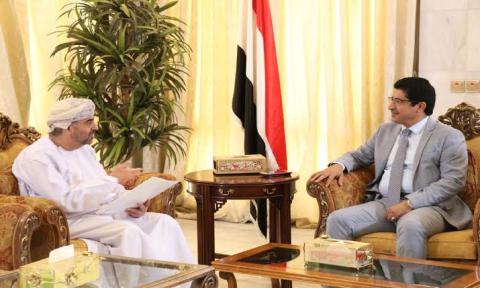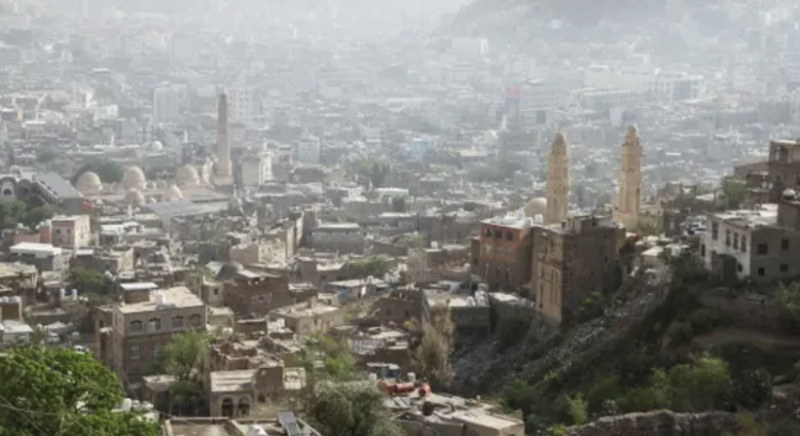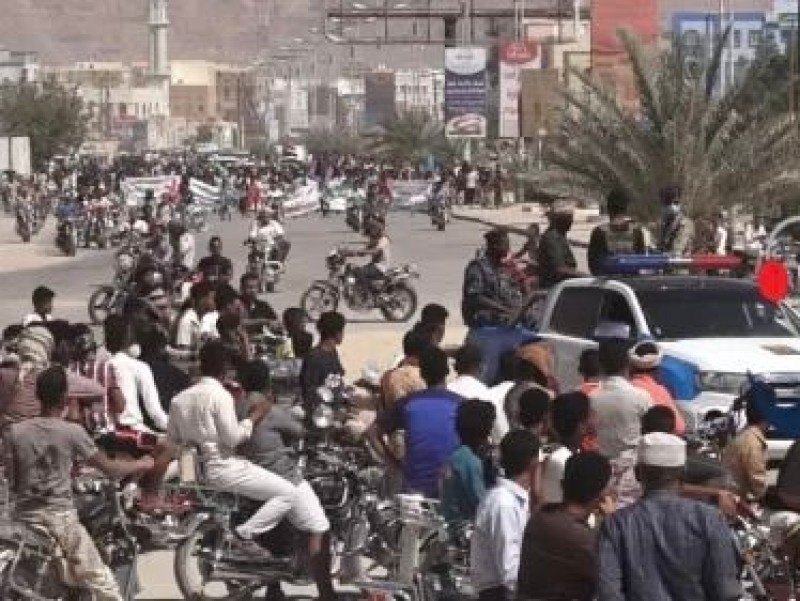UNICEF Yemen Humanitarian Situation Report: 1 to 30 September 2021


Highlights
The conflict in Ma’rib escalated during the reporting period, with around 33,000 additional people displaced. UNICEF and partners provided 4,664 newly displaced households (32,648 people) with RRM kits including essential hygiene items, food, family basic hygiene kits, and female dignity kits.
In September, four governorates in the south temporarily closed schools due to extreme heat and conflict. UNICEF continues working with the Ministry of Education on preparedness response including distance learning modalities, training on safe school protocols, provision of personal protective equipment, etc.
The third round of Integrated Outreach was implemented in 12 governorates. A total of 22,902 children under one year of age received their first dose of the Pentavalent vaccine, and 34,994 children received their third dose.
Despite funding challenges in the WASH sector, UNICEF and partners reached around four million people through sustained access to safe drinking water via the distribution of fuel in both the north and south, water trucking, the distribution of ceramic water filters, and water treatment.
UNICEF’s life-saving work in Yemen faces a 46 per cent funding gap, with the most urgent needs in WASH ($26.3 million), Health ($105 million) and Education ($33.6 million).
Situation in Numbers
(OCHA, 2021 Humanitarian Needs Overview)
11.3 million children in need of humanitarian assistance
20.7 million people in need (OCHA, 2021 Humanitarian Response Plan)
2 million children internally displaced (IDPs) (UNICEF, 2021 Yemen Humanitarian Action for Children)
Funding Overview and Partnerships
The Yemen Humanitarian Action for Children (HAC) was revised and approved in May 2021 to align with the 2021 Yemen Humanitarian Response Plan (YHRP), and the 2021 appeal is for $508.8 million. UNICEF’s humanitarian programmes are planned for nationwide reach targeting populations in the areas with the most acute needs, and the appeal integrates the COVID-19 response into programmes planned within the HAC. As UNICEF continues to actively fundraise for its 2021 HAC appeal, as of 30 September 2021, $135.9 million has been received. A total of $94.5 million was carried forward from 2020, with an additional $44.5 million received from other contributions, for a total of $274.9 million funds against the HAC. This leaves a funding gap of $233.9 million, or 46 per cent of the total amount required to continue UNICEF’s life-saving work in Yemen. Generous contributions received during the reporting period included funds from the National Committees of Australia and France, and the UN OCHA Yemen Humanitarian Fund (YHF).
Situation Overview & Humanitarian Needs
Over six years into the conflict, Yemen remains the world’s worst humanitarian crisis with 20.7 million people – 71 per cent of the total population – in need of humanitarian assistance. In August 2021 significant challenges to UNICEF’s life-saving interventions persisted, including heavy rains destroying shelters of internally displaced persons (IDPs) and threatening infrastructure, severe acute malnutrition (SAM), early school closure due to the COVID-19 pandemic, and conflict-torn areas forcing families to flee from their homes. As of the end of September 2021, four million people, including two million children, continue to be internally displaced. As of late 2020, Yemen hosted approximately 138,000 migrants and 177,600 refugees and asylum-seekers. Over 90 per cent of migrants are of Ethiopian origin and are mostly in transit to Gulf countries to seek livelihood opportunities.
In September 2021, the UN Country Task Force on Monitoring and Reporting (UNCTFMR) documented 11 incidents of grave violations against children, of which 73 per cent of the incidents were verified. All verified violations pertained to child casualties, including 21 children maimed (7 girls; 14 boys), by various parties to the conflict. Most of the incidents documented and verified were in the governorates of Al Dhale’e (4) and Hodeidah (2). These are only figures that the UN has been able to verify to date; the actual number of incidents might be higher than this.
Almost 2.3 million children under the age of five face acute malnutrition, of whom about 400,000 face severe acute malnutrition (SAM). More than 15.4 million people urgently need assistance to access water, sanitation and hygiene (WASH) services, and lack of funding for emergency WASH interventions continues to undermine the integrated response. Approximately 20.1 million people need assistance to access health services, including 4.8 million women,
10.2 million children, 3 million people with disabilities and 2.1 million men. If funds for health are not received, support to hospitals will halt, resulting in an interruption of basic life-saving health services for children, mothers and their newborns, risking their lives and wellbeing. It will also lead to a lack of personal protective equipment (PPE) for thousands of health care providers and will affect COVID-19 screenings for hundreds of thousands of Yemenis. Cold chain interruption will lead to the expiry of millions of doses of over ten types of lifesaving vaccines, including those for Polio, Measles, and COVID-19.
Between 1 January and 3 October 2021, a total number of 26,891 Acute Watery Diarrhoea (AWD)/cholera suspected cases and 17 associated deaths were reported, with a 0.06 per cent case fatality rate (CFR). This is a significant decrease compared with the same period of 2020 (198,977 suspected cases and 63 associated deaths with a 0.03 per cent CFR). Almost all the governorates reported cases with the exception of Ma’rib and Socotra. The highest number of cases – as well as the majority of deaths – was reported in Taiz, which represented 25 per cent of the total reported cases, followed by Hodeidah (13 per cent) and Sana’a (12.8 per cent). Despite the declining cholera trends, UNICEF is closely monitoring the cholera situation. During the reporting period, the distribution of the AWD kits from governorate health offices’ (GHOs) stocks in Sana’a, Amanat Al-Asima, Dhamar, Al-Bayda, Amran, Ma’rib, Taiz, Hodeidah, Abyan, Al-Maharah, Lahj, Al-Dhale’a, Shabwah, Hadramout, and Socotra to the targeted diarrhoea treatment centres (DTCs) and oral rehydration centres (ORCs) was completed.
Since the beginning of the pandemic to the end of September, a total of 9,139 cases of COVID-19 were reported, with 1,734 associated deaths with a 19 per cent CFR. So far, the country experienced three successive waves of cases with the last one starting last August and ending early October. Almost all the cases that were reported were from Hadramout, Aden, Abyan, Lahj, Al-Dhale’a, Shabwah, Al-Maharah, Taiz and Ma’rib governorates. No cases were reported from the northern governorates other than the first four reported cases during 2020, due to a lack of testing and reporting.

Taiz — Heavy artillery fire launched by Houthi militia forces struck residential neighborhoods in northern Taiz on Monday, causing widespread…

Sana'a -- Houthi militias have released prominent academic Dr. Hamoud al-‘Oudi and engineer Abdulrahman al-‘Alfi after nearly three wee…

Seiyun -- Local reports from Yemen’s Hadramawt governorate indicate that military checkpoints belonging to the First Military Region, under t…